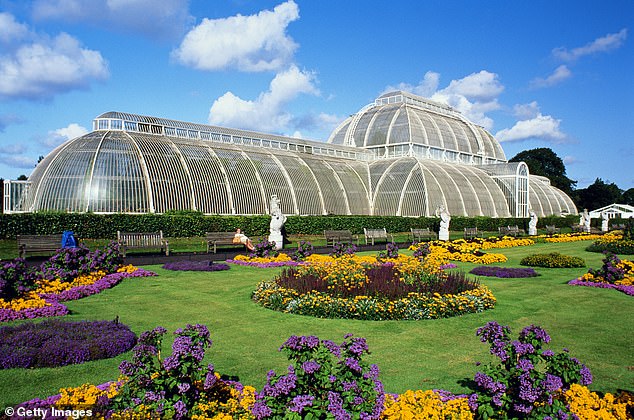
Kew’s Victorian Palm House Begins £50M Eco-Renovation, Closing Four Years for Net Zero Goals
Kew Gardens’ Iconic Palm House Set for £50 Million Climate-Friendly Makeover
Preserving a Victorian Marvel for the Future
[Image 1: Palm House exterior showing its ornate glass and iron structure]
Kew Gardens’ Palm House, a celebrated London landmark and the world’s oldest surviving Victorian glasshouse, is set to undergo a transformative £50 million renovation. Built in 1848 by architect Decimus Burton and boatbuilder Richard Turner, the 362-foot-long structure—resembling an upturned ship—houses over 1,000 rare tropical plants. However, its outdated systems and deteriorating condition have prompted urgent upgrades to safeguard both the building and its irreplaceable botanical collections.
Why the Renovation Matters
The Grade I listed glasshouse, last renovated in the 1980s, suffers from heat loss due to aged infrastructure, increasing energy consumption and threatening sensitive plants. Tom Pickering, head of glasshouse collections at Kew, emphasized the urgency: “At the heart of this project is the need to protect these extraordinary plants, many of which have cultural, scientific, and conservation value.” Key upgrades include:
- New high-performance glazing to replace all 16,000 glass panes, reducing heat loss.
- Electrified heat pumps replacing Victorian-era gas boilers, slashing energy use by 50%.
- Restoration of wrought-iron frames and white paint to preserve the historic aesthetic.
- Improved insulation, rainwater storage, and inclusive visitor access.
[Image 2: Close-up of peeling ironwork and glass panels needing repair]
Protecting Precious Plants
The Palm House shelters species from critically threatened ecosystems, including the world’s oldest potted plant (Encephalartos altensteinii), a South African cycad dating to 1775, and the medicinal Madagascar periwinkle. During the four-year renovation starting in 2027, these plants will be relocated to climate-controlled facilities. Kew’s horticulturists have already begun propagating specimens to ensure their survival.
A Sustainable Vision
The project aims to make the Palm House the first “net zero” heritage glasshouse, aligning with Kew’s climate commitments. Richard Deverell, Kew’s director, called it a “pivotal moment” combining environmental stewardship and cultural preservation. The overhaul will reintroduce Victorian garden layouts while modernizing heating and irrigation, ensuring humidity and temperature stability (18°C–22°C) for tropical species.
[Image 3: Inside view of lush tropical plants under the glass roof]
Historical Legacy
The Palm House pioneered wrought-iron construction in the 19th century, mirroring Britain’s industrial innovation. Its design influenced landmarks like the Crystal Palace (1851), which hosted the Great Exhibition. Although the Palace was destroyed in 1936, Kew’s glasshouse remains a testament to Victorian ingenuity.
Funding the Future
Kew is actively seeking public donations to meet the £50 million goal. Without funding, the Palm House and its neighboring Waterlily House risk irreversible decline. Supporters can contribute via Kew’s website to protect this architectural and ecological treasure.
[Image 4: 19th-century engraving showcasing the Palm House’s original grandeur]
A Glimpse into Kew’s History
Founded in 1759, Kew Gardens has evolved from a royal retreat to a global conservation leader. Highlights include:
- 1848: Palm House completion.
- 1852: Herbarium establishment (now housing 7 million specimens).
- 2003: UNESCO World Heritage Site designation.
[Image 5: The Temperate House, another iconic Kew structure]
As the Palm House prepares for its most ambitious revival, Kew continues bridging history and sustainability, ensuring future generations can marvel at its living collections and architectural splendor.
For updates and to support the restoration, visit Kew.org.
[Image 6: The historic Encephalartos altensteinii, Kew’s oldest potted plant]


